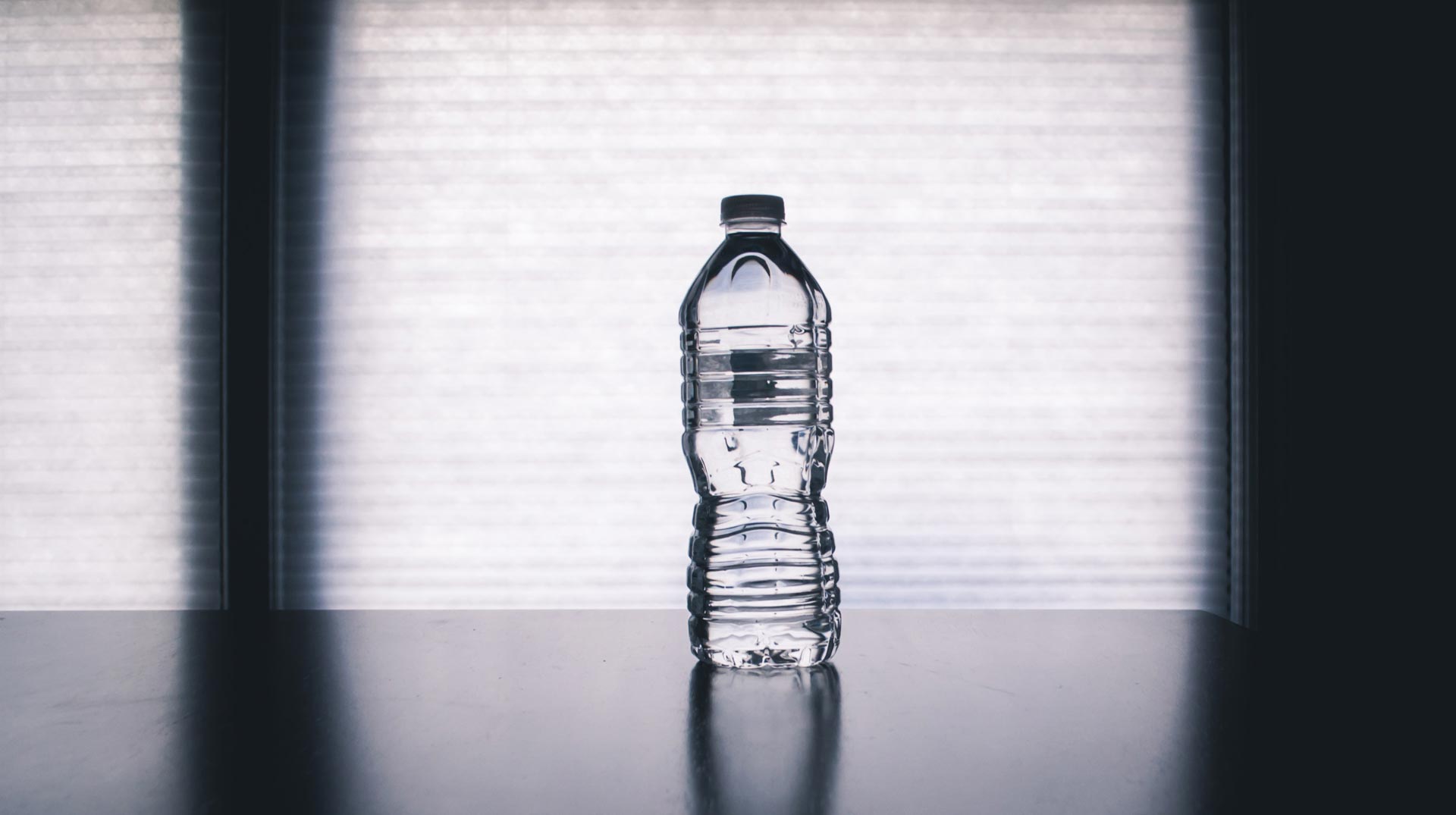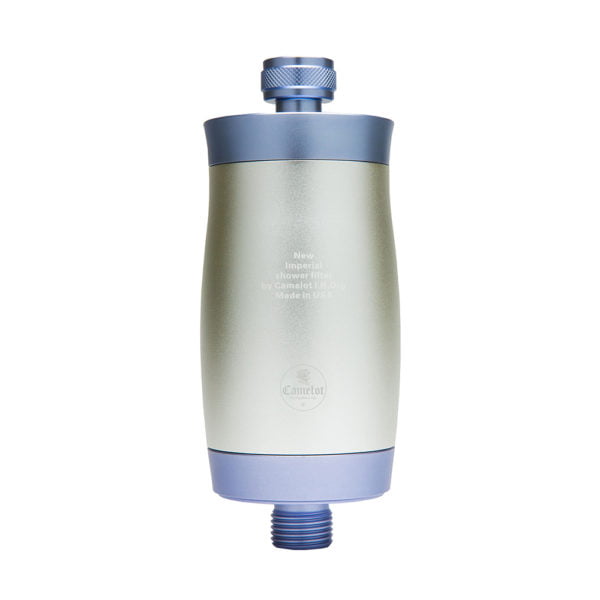Microbial contamination and chemical pollution of bottled water

Contamination of bottled water is no longer a matter of speculation. An in-depth study was carried out by the Laboratory for Environmental Pollution Control, Department of Chemistry, Aristotle University of Thessaloniki, led by Professors Th. Gregoratos and K. Fytianos - Director of the above Laboratory - states among others
Chemical pollution and Microbial infection of bottled water
Heterotrophic Plate Count Bacteria (HPC): there are several reports of high concentrations of heterotrophic bacteria in bottled water.
Gram-negative granules: these are the predominant pathogens found in bottled water. In a UK survey of more than 700 samples where field testing was carried out, 97,5% of the total pathogens were found to be GRAM negative: a) Pseudomonas SPP: Bacteria pseudomonas fluoroscens (pyocyanin) and pseudomonas vesicularis were detected in bottled water originating from England, France and Belgium in high proportion, while pseudomonas diminuta was detected in Belgian bottled water. It has been reported that in Greece the most frequently found bacteria are Pseudomonas pyocyaninis and ps. Stutzeri. Also in Portugal a high percentage of ps. Aeruginosa is reported. Finally in Germany and the USA the dominant species are ps. Stutzeri and ps. Putida. b) Campylobacter:
In a study in England and Wales of patients suffering from acute gastroenteritis, it was found that among other things they had consumed bottled water at a rate of 55%. c) Other GRAM-negative grains: Occasionally incidents have been reported where bottled water has been the vehicle for the spread of pathogens, such as vibrio cholerae which caused a cholera epidemic in Portugal. Other organisms that have been isolated are moraxella and comamonas, which have been identified in bottled water of English and French origin.
Chemical pollution of bottled water
The presence of nitrates in bottled water, both in reported cases and in studies conducted in the USA, is associated with health problems, especially in infants. A case in point is the contamination of a groundwater source from an industrial plant in Massachusetts, USA. Tests carried out on bottled water from this source showed high concentrations of trichloroethylene, dichloroethane and other organics.
The heavy metals that have been reported in bottled water are arsenic, lead, mercury and cadmium. In a U.S. investigation, violations were reported for both arsenic, cadmium and mercury. Also in an NRDC investigation, 8% of the samples violated the 5 ppb limit for male.
Bottling materials
High levels of plasticisers and other toxic substances, used to improve the physical properties of PVC (elasticity), were found to leach into the water. This causes contamination of bottled water in bottled water in the USA, the presence of phthalates and styrene, as well as the presence of 1,4-benzodicarboxy aldehyde, benzoic acid butyl ester, 4-ethoxybenzoic acid ethyl ester and DEHA [di-(2-ethylhexyl) adipate] have been reported in bottled water packaged with PET in Washington, USA. Cases have also been reported where chemicals have been detected whose identity could not be determined by the classical analytical methods (HPLC, GC-MS, etc.). As mentioned, the presence of such compounds in water has unknown consequences for human health, although research has shown that long-term exposure of the human body to phthalates can cause possible endocrine system dysfunctions and even cancer, while DEHA is associated with weight loss, liver problems and reproductive difficulties. It should be noted here that helium rays can also cause oxidative processes in glass, which may result in the migration of toxic components to water.
Storage of bottled water
For water bottled in bottled water bottles by PET, an increase in HPC of up to 10,000-fold has been reported with three weeks of storage. Other research has shown an increase in HPCs of up to 1,000 times with only one week of storage in a cool and shady place. Regarding chemical pollution, we saw that storage even at low temperatures, in the absence of radiation, increases the concentration of synthetic water-soluble organic substances, while storage in heat and radiation increases the concentration of toxic substances and plasticisers.
Bottled water and vulnerable groups
As mentioned, trihalomethanes, among other things, are responsible for sudden miscarriages in pregnant women as well as cancers, especially in children and the elderly. Arsenic is also associated with sudden miscarriages, while nitrites are responsible for the 'blue baby syndrome'. Fluorides are responsible for dental fluorosis in children. We have seen cases where samples of bottled water contained high concentrations of arsenic and nitrates. In other waters, THM's were reported to be present, and fluoride was also present and in higher levels than drinking water in some cases. Waters rich in sodium and potassium have been reported, which are naturally unsuitable for people on a salt-poor diet. In addition, there have been many cases of reported microbial contamination. Genes of ps. Cepacia isolated in French bottled water have been linked to effects on children's breasts, while coliform bacteria found in some samples in the USA cause disorders in children and old people.







